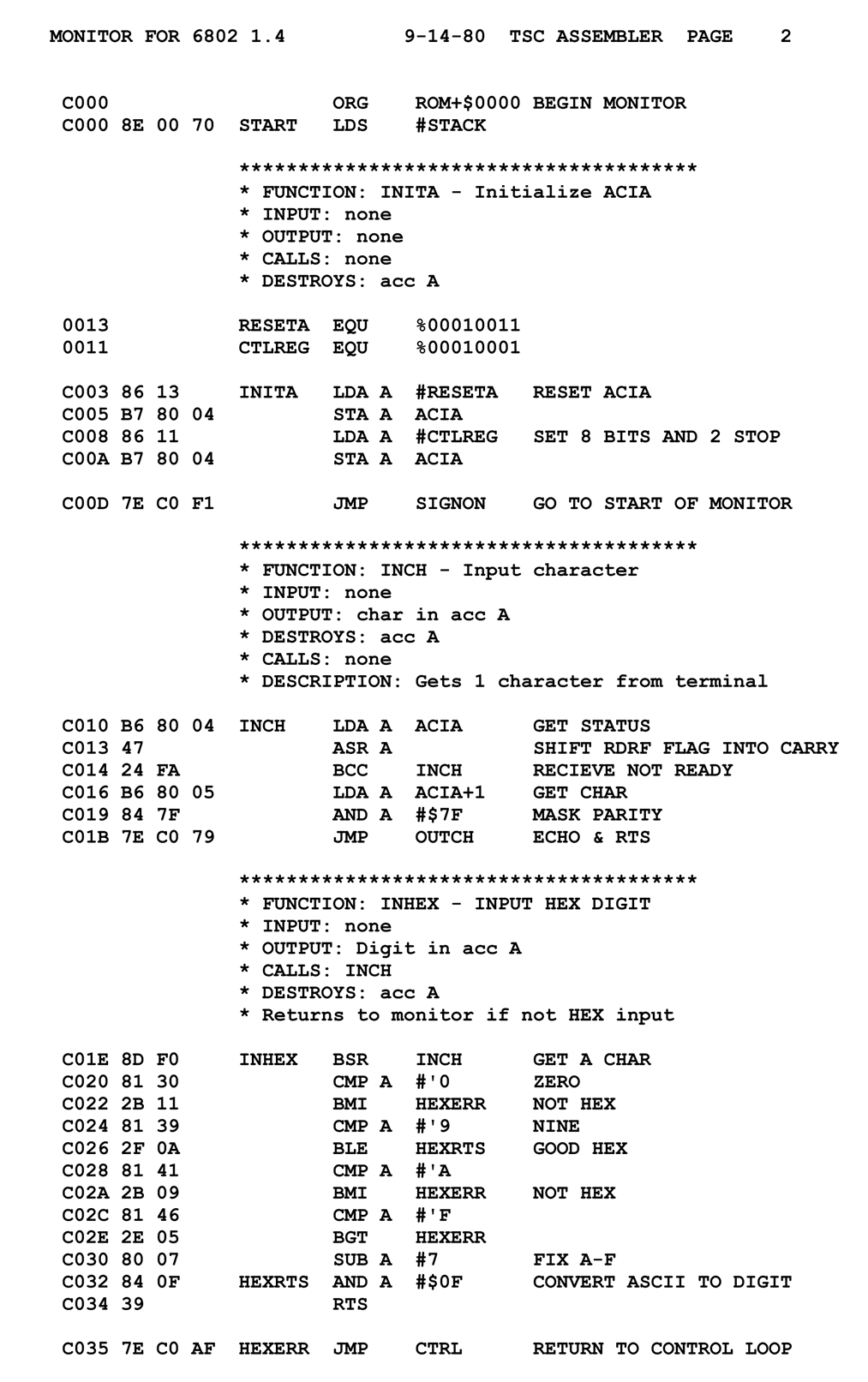Introduction to Malware Analysis
- Introduction to Malware Analysis
- Preliminary Analysis Techniques
- Environment for Malware Analysis
- Static Malware Analysis
- Dynamic Malware Analysis
- Understanding Malware Behaviour
- Reverse Engineering
- Advanced Static Analysis
- Advanced Dynamic Analysis
- Anti-Reverse Engineering
- Malware Attribution
- Malware Mitigation and Prevention
Reverse Engineering
Methods of Reverse Engineering in Malware Analysis

Any low-level programming language in which there is a very strong correspondence between the instructions in the language and the architecture's machine code instructions.
Reverse engineering is a critical skill in the field of malware analysis. It involves taking apart a piece of software to understand how it works, identify its components, and determine its functionality. This article will delve into the methods of reverse engineering, focusing on static and dynamic analysis, understanding assembly language, and techniques for decompiling and disassembling malware.
Static and Dynamic Analysis
Static and dynamic analysis are two fundamental methods used in reverse engineering.
Static Analysis involves examining the software without executing it. This method allows analysts to understand the structure of the software, identify its components, and predict its behavior. Tools like disassemblers and decompilers are often used in static analysis to translate machine code back into a more human-readable format.
Dynamic Analysis, on the other hand, involves running the software in a controlled environment to observe its behavior. This method can provide insights into the software's runtime operation, including its interactions with the system and network. Debuggers are commonly used in dynamic analysis to control the execution of the software and examine its state at any given point.
Understanding Assembly Language
Assembly language plays a crucial role in reverse engineering. It is a low-level programming language that corresponds directly to the machine code instructions of a specific processor. Understanding assembly language allows analysts to read the disassembled code of the software and comprehend its functionality.
While assembly language can be challenging to learn due to its low-level nature, familiarity with it is essential for effective reverse engineering. There are various resources available online to help beginners learn assembly language.
Decompiling and Disassembling Malware
Decompiling and disassembling are key techniques used in reverse engineering to break down the software into a more understandable format.
Disassembling involves translating the binary machine code of the software into assembly language. Disassemblers are used for this purpose, and they can provide a static view of the software's code.
Decompiling goes a step further by translating the machine code or assembly language into a high-level language, such as C or Java. Decompilers can make the code much easier to understand, especially for those who are not well-versed in assembly language.
However, it's important to note that decompiling may not always produce accurate or clean code, especially when dealing with complex software or software that has been deliberately obfuscated to hinder reverse engineering.
In conclusion, reverse engineering is a multifaceted process that involves various methods and techniques. Understanding these methods, including static and dynamic analysis, assembly language, and decompiling and disassembling, is crucial for effective malware analysis.